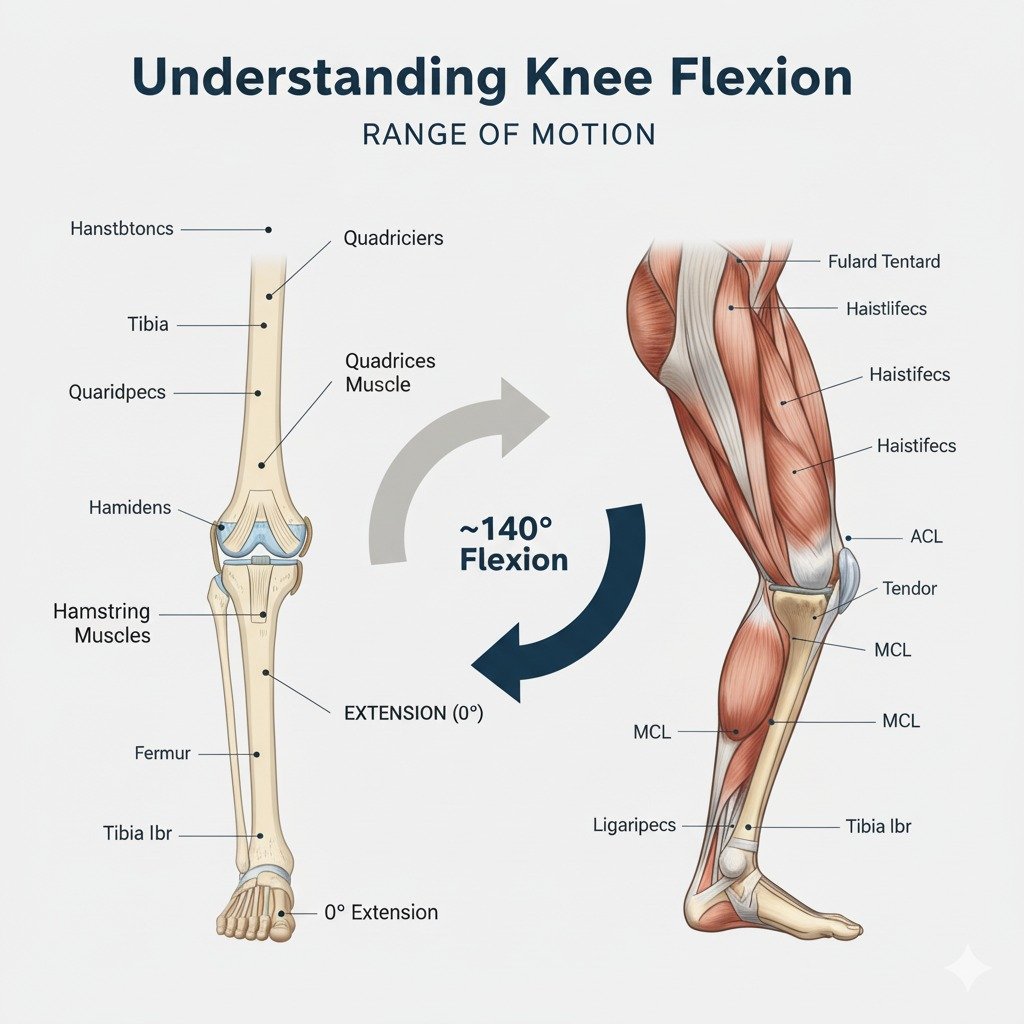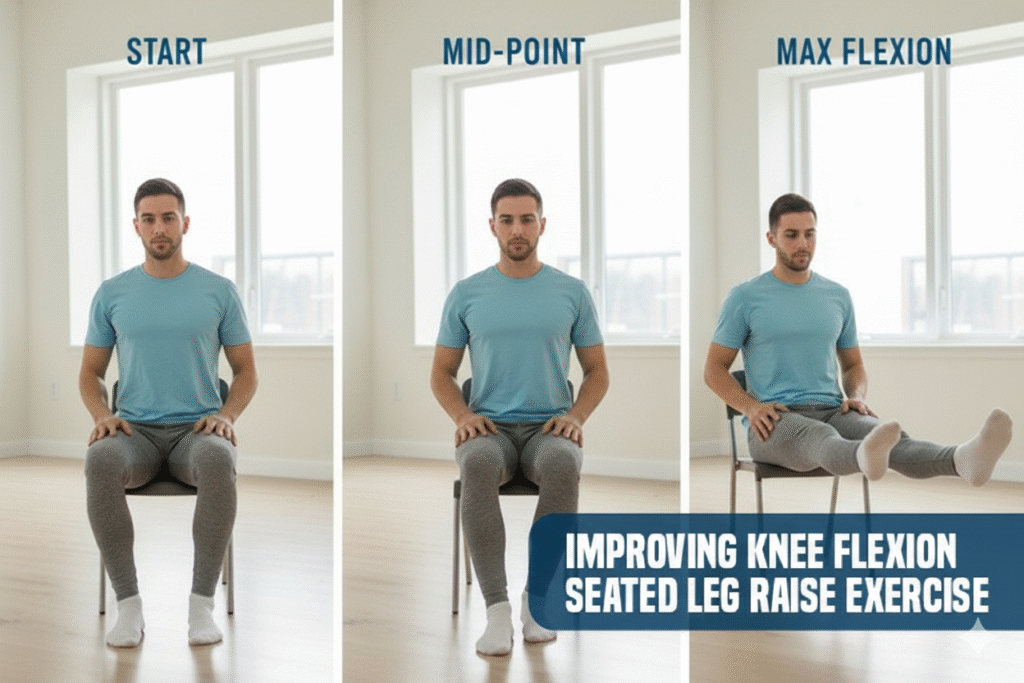How to Measure Knee Flexion at Home: Simple Steps
How to Measure Knee Flexion at Home: Easy Steps
Measuring knee flexion at home is easier than you might think. With no need for advanced equipment, you can track your progress and recovery comfortably. Knee flexion is an important measure of knee health, especially following surgery or injury, and knowing how to check it yourself can save you repeated visits to the clinic. By learning this process, you can monitor your rehabilitation, mobility, and strength more effectively.
This guide will take you through the steps for measuring your knee’s range of motion at home, explain how to interpret the results, and suggest practical ways to improve flexibility safely.
Understanding Knee Flexion

Knee flexion is simply the movement that allows your knee to bend. It is essential for activities such as walking, squatting, or climbing stairs. A healthy range of flexion means your knee can move freely and without difficulty, which supports both daily living and sport.
Why Measuring Matters
Tracking knee flexion helps you understand whether your mobility is improving, particularly if you are recovering from an injury or operation. Measuring at home provides reassurance, enables you to set realistic goals, and helps you stay consistent with your recovery.
Preparing to Measure
Before you start, create the right environment:
- Choose a quiet, uncluttered space with a flat, non-slip floor.
- Use a firm chair or the edge of a bed to sit on.
- Gather simple tools, such as a goniometer if available, or a smartphone app. A notebook or app for recording results will also be useful.
Having the correct set-up ensures accurate results and reduces the chance of strain.
Positioning for Accuracy
Sit upright on a stable surface with your back straight and feet flat on the floor. The leg being measured should hang freely, with the thigh parallel to the ground. Proper positioning is crucial to achieve a consistent and reliable reading.
Step-by-Step Measurement

Using a goniometer:
Mark three points: the outer ankle bone, the outer knee joint, and the top of the thigh bone near your hip. Place the goniometer’s centre on the knee joint, align the arms with the hip and ankle, then gently bend your knee. The number displayed is your degree of flexion.
Without a goniometer:
Sit on a bed or table with your legs hanging. Bend your knee as much as possible without straining. Use a smartphone protractor app, or visually compare the bend against a right angle (90°). This method is less precise, but still offers a useful guide.
A healthy knee typically bends up to around 135–140 degrees, although this can vary between individuals.
Interpreting Results
A flexion range close to 140 degrees suggests good flexibility. If your readings remain consistently below 120 degrees, this may point to stiffness or reduced mobility. Keep in mind that age, activity level, and overall health can affect your results.
If you notice sudden changes or discomfort during measurement, it’s advisable to seek professional advice.
Improving Knee Flexion
Maintaining and improving knee flexion is important for comfort and mobility. A combination of stretching and strengthening exercises can help:
- Heel slides: Lie on your back and slowly slide your heel towards your hips, then return to the start.
- Hamstring stretch: Sit on a chair, extend one leg forward, and gently reach towards your toes.
- Seated leg raises: Straighten one leg while sitting, hold for a few seconds, then lower.
- Step-ups: Use a small step or sturdy box to build muscle strength and stability.
For many people, progress can be supported by tools designed for safe rehabilitation. Devices such as the STAK Knee Flexion Tool make it easier to measure and improve knee bend in a controlled, gradual way.
Tracking Your Progress
Consistency is key. Keep a simple log of your measurements and note how your knee feels each time. Recording both the numbers and your comfort levels provides a clearer picture of your progress and can be shared with your physiotherapist if needed.
When to Consult a Professional
Measuring at home is useful, but there are times when professional support is essential. Persistent stiffness, swelling, or pain that does not ease with rest should always be checked by a physiotherapist or GP. After surgery, if you experience redness, heat, or unusual discomfort around the joint, seek medical attention promptly.
Conclusion
Measuring knee flexion at home is a practical way to stay involved in your recovery. With simple techniques, a clear method of tracking progress, and the right supportive tools, you can monitor your joint health and take positive steps towards better mobility.
For added support in improving your knee flexibility, consider using the STAK Knee Flexion Tool, designed specifically to help you bend safely and effectively at home.


